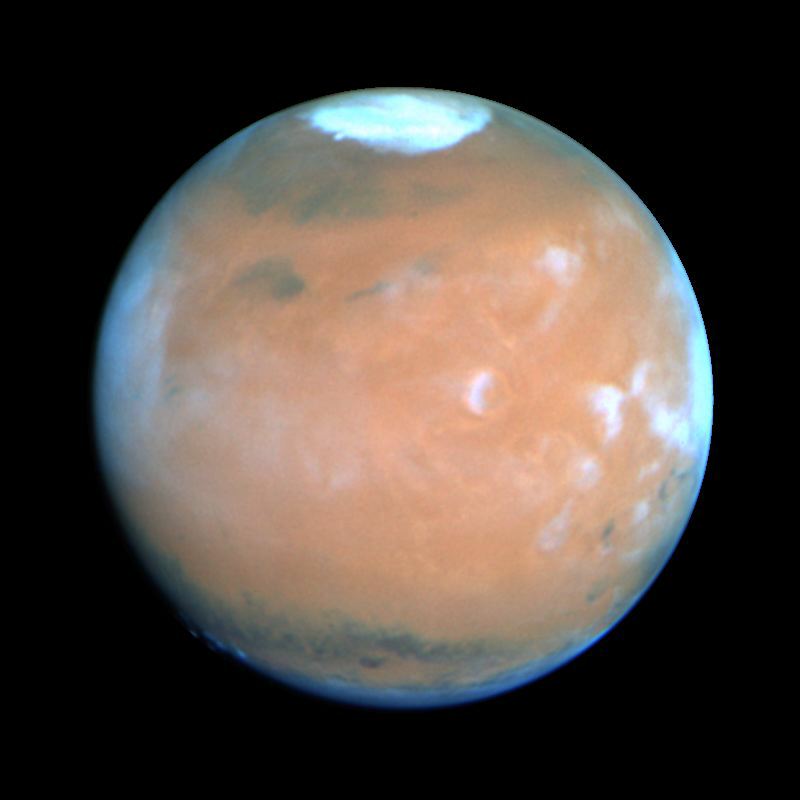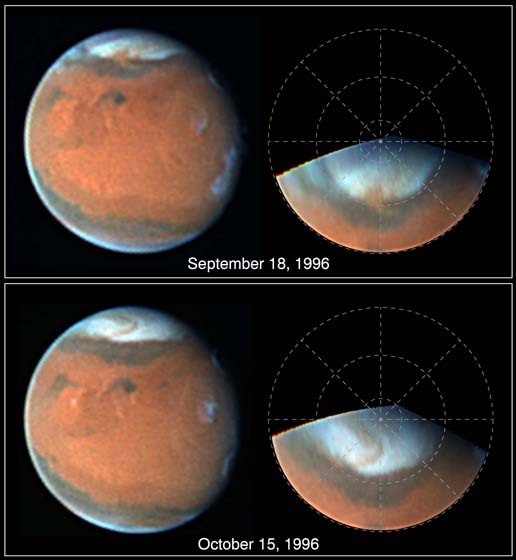Saturn's moon may have liquid water
An ocean could be lying beneath the icy crust of Saturn's moon Enceladus, according to researchers.
Scientists studying water ice jets on Enceladus have discovered ammonia, methanol and some salts which, on Earth, act as anti-freeze and keep water in liquid state at temperatures of up to minus 100C.
They say it is the strongest sign yet that the icy surface of the volcanic moon may be hiding an ocean or large caverns of liquid water beneath.
New space centre officially opened

A new research centre has been officially opened by the European Space Agency (Esa) in Oxfordshire.
Until now, the UK was the only European Space Agency nation not to have its own centre, but the new facility will remedy this and become a boost to both the local community and the UK science sector.
It is situated on the Harwell innovation campus and will specialise in subjects including exploration, climate change and robotics.
Giant flying squid attack divers

Flying squid that weigh up to 100lbs have attacked divers in California.
The Humboldt squid, which have sharp beaks, are nicknamed "red devils" for their colouring and aggression.
Local diver Mike Bear said: "I wouldn't go into the water with them for the same reason I wouldn't walk into a pride of lions on the Serengeti. For all I know, I'm missing the experience of a lifetime."




























